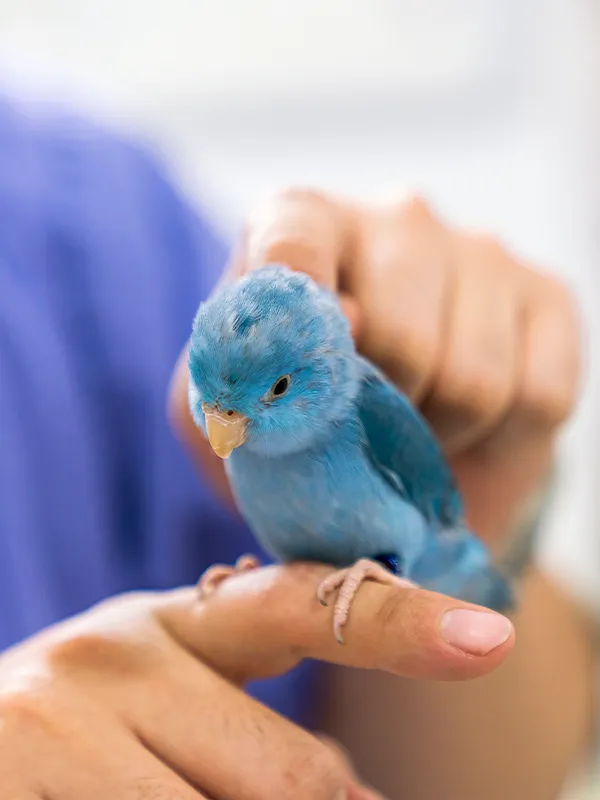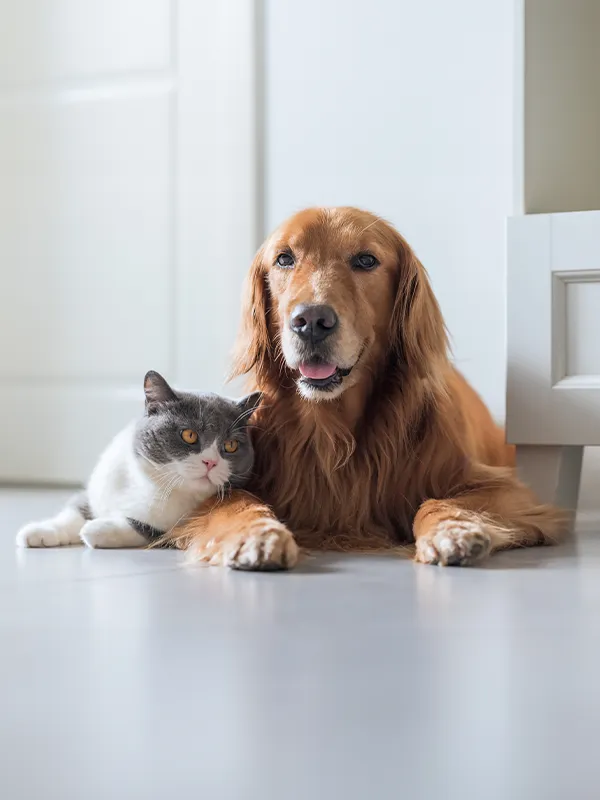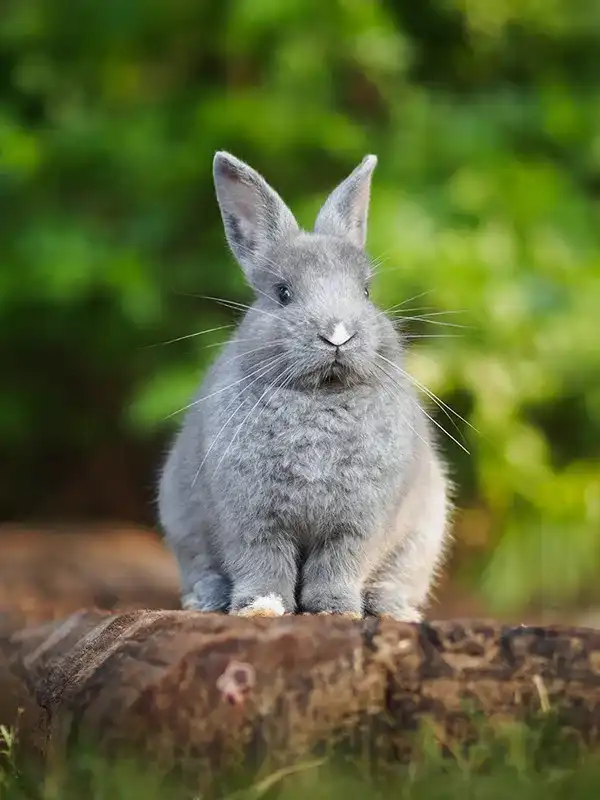Have you just welcomed a new puppy into your home? Congratulations! There are few things more adorable and exciting than that big Gotcha Day. You’re going to have quite a bit on your plate over the next few months, with training, socialization, and, of course, lots of cuddles and playtime. One of the biggest things you’ll need to stay on top of during little Fido’s adorable toddler stage is puppyproofing. A local Pasadena, TX vet offers some advice on this below.
What Does Puppy Proofing Mean?
Puppyproofing is basically the pet version of childproofing. The concepts are the same: you’ll need to keep anything that isn’t safe for your little one to play with out of paws’ reach.
Like toddlers, puppies are very curious about things. This is both extremely cute and extremely dangerous. They unfortunately like to investigate things by eating them. During that teething stage, they also tend to want to chew on, well, everything, to soothe the pain in their gums. This is very dangerous, due to the risk of choking, poison ingestion, and strangulation.
How Do I Make My House Puppy-Proof?
There are several aspects of puppyproofing. Let’s go through it bit by bit.
Remove Small Or Sharp Objects
Anything small or sharp is a definite hazard to your canine best buddy. That list includes all sorts of everyday items.
Here are a few examples:
- Coins
- Beads
- Buttons
- Jewelry
- Safety Pins
- Thumb Tacks
- Pens
- Craft Kit Pieces
- Sewing Kits
- Paper Clips
- Fishing tackle
- Small toys
- Figurines/Nicnacs
Don’t assume that your pet will ignore these things once he realizes they don’t taste very appealing. Accidents happen very quickly. It only takes a few seconds for your canine pal to ingest or chew something dangerous!
Make Sure You Don’t Have Any Toxic Plants
Plants are a big concern. While some will only cause minor irritation, others are highly poisonous to Man’s Best Friend. Sago palms are one of the most dangerous for our canine companions.
Here are some of the other dangerous ones.
- Lilies
- Oleander
- Amaryllis
- Rhododendron
- Tulips
- Daffodil
- Ivy
- Yew
- Autumn crocus
- Azalea
- Cyclamen
- Holly
- Chrysanthemum
- Foxglove
- Hyacinth
- Mistletoe
- Dieffenbachia
- Hydrangea
- Lily of the Valley
- Aloe vera
- Castor bean
- Elephant Ears
- Iris
Keep in mind that there are also plants that are not toxic, but are still dangerous because of sharp thorns or spikes. Roses fall into that category, as do many cactuses. Don’t forget to check outside, too! Foxtail grasses are extremely dangerous to pups. They aren’t toxic: the issue here is the sharp barbs on the seed awls, which can pierce dogs’ skin.
You can check the ASPCA website here for a full list of safe and unsafe plants.
Secure Medications And Vitamins
You may not think little Fido would be very interested in a medicine bottle, but this is one area where it’s better to err on the side of caution. Keep all medications—both prescription and OTC—in secure spots, well out of paws’ reach. That includes vitamins, too!
Keep Chemical Products Stored
Household chemicals are another big one. That includes pretty much anything and everything from cleaning agents to drain openers to automotive products. While many of these things may not sound appealing, some do have flavors that pets like.
The danger here isn’t just that little Fido may try to chew a bottle with something poisonous in it. He can also ingest these chemicals just by walking through a recently-treated puddle or patch of yard. He’ll then ingest the toxins by licking his paws. He could also absorb them through his skin if he were to get something spilled on him. Keep all and any chemicals in securely locked cabinets.
Do A Yard Check
Do you have a fenced yard for your canine pal to run and play in? If so, that’s great! However, you will need to give that a once-over as well. First, make sure that your fencing is secure. We’d also suggest getting a gate that closes and latches automatically.
If you have a pool, we would recommend gating it off when it’s not in use. One thing you can do is block off one section of your yard for little Fido, and another for your pool and gardens.
Take a look around and check for poisonous plants. It’s also best to get rid of lawn debris, such as piles of leaves or branches or that old wheelbarrow you keep meaning to get rid of. These can make inviting habitats for unwanted guests, like rattlesnakes.
Be Careful With Lawn/Garden Products
That brings us to lawn and garden products. Many of the things that are great for plants are toxic to our furry pals. That includes things like pesticides, fertilizer, and fungicides.
Slug baits are a big concern here. Many of them contain something called metaldehyde, as well as other toxins.
You’ll want to keep an eye out for warning signs that little Fido has ingested something unsafe. These include the following:
- Tremors
- Seizures
- Elevated or weak pulse
- Panting
- Drooling
- Fever
- Diarrhea
- Vomiting
- Anxiety
- Breathing difficulty
- Restlessness
- Coma
- Unsteady gait
- Colored bait in vomit or stools
- Disorientation
- Lack of interest in food
- Drooling
- Lack of coordination
- Stiffness
- Whimpering
Contact your vet or a pet urgent care center immediately if you know or suspect your canine pal has ingested something poisonous.
We also highly recommend getting your canine buddy a pet first aid kit. You can order them online, or you can just spiff up a regular one by adding some pet-specific items, such as styptic powder. We would also suggest getting a pet first-aid brochure, or downloading an app. The American Red Cross one is excellent.
Keep Personal Items Out Of The Way
When little Fido goes into his terrible twos—or his terrible chews, as we sometimes say—he will want to gnaw on anything and everything in paws’ reach. That includes things like shoes, purses, phones, wallets, and yes, even homework. Keep closet doors closed and store these things in secure spots. It’s also best to keep laundry off the floor. If you have a small trash can in your bathroom, get a lid for it.
Pick Uo Plastic Bags And Ties
Plastics are another concern. These can be choking hazards, but can also cause dangerous obstructions if ingested. Keep things like plastic bags, wrappers, ties, and baggies in secure spots.
How To Puppy-Proof Your Home: Final Tips
You’ll want to start with the things we’ve listed above. Then, it’s a good idea to take a look around from ground level. Get on your hands and knees, and see if there’s anything you’ve missed. Puppy pens and baby gates can be very helpful in blocking your canine buddy’s access to dangerous areas.
Crate training can also help. While Little Fido should never be confined too long, you may very well want to crate train the little guy. Sooner or later, your pooch is going to have to be kenneled, whether for travel or at the vet or groomer’s. This can also be a great way to keep your little buddy out of trouble. Crate training also works well with housetraining, so there’s that to consider as well.
However, proper usage and training are key. Ask your Pasadena, TX vet for more information.
Visit Our Pasadena, TX Pet Clinic
Do you need to make an appointment for your new puppy? Call us anytime! As your Pasadena, TX pet hospital, we love watching our canine pals grow from super cute bundles of fur to happy, healthy adults!







